Disclosure: This article contains affiliate links. We may earn a commission from purchases at no extra cost to you, which helps our travel content.
Venezuela has long been overshadowed by its political narrative, but beneath the headlines lies a country with extraordinary artisanal heritage waiting to be discovered by the discerning traveler. Last month, I ventured beyond the typical tourist circuit to explore the creative pulse of this misunderstood nation, from the sun-drenched markets of Barquisimeto to the sophisticated ateliers of Caracas. What I discovered was nothing short of revelatory—a thriving artistic community producing world-class craftsmanship with materials and techniques unique to this corner of South America. This isn't the Venezuela you see in news cycles; it's a place where centuries-old traditions meet contemporary design sensibilities, where the warmth of the people is matched only by their creative ingenuity. For those willing to navigate its complexities, Venezuela offers a rare opportunity to acquire extraordinary pieces directly from their creators, often at prices that would be unthinkable in Paris or Milan.
Navigating Barquisimeto's Mercado Nueva Segovia
Barquisimeto's morning light bathes the colonial architecture in a golden glow as I make my way to Mercado Nueva Segovia, the city's central marketplace and artisanal epicenter. Unlike the tourist-oriented markets that populate much of Latin America, Nueva Segovia remains refreshingly authentic—a commercial hub where locals shop alongside the occasional intrepid traveler.
The market's labyrinthine aisles reveal Venezuela's artisanal diversity: hand-carved wooden figurines depicting the region's folklore, intricate leather goods tanned using techniques passed through generations, and textiles woven with patterns unique to the Lara region. What struck me most was the quality of craftsmanship—these aren't mass-produced souvenirs but functional art pieces created with meticulous attention to detail.
On my second day, I met Señor Alejandro, a third-generation woodcarver whose miniature replicas of Venezuela's national bird, the turpial, captured my attention. Each piece required over 40 hours of work, utilizing native hardwoods and natural pigments. After a lengthy conversation in my admittedly rusty Spanish (augmented by my pocket translator which proved invaluable throughout the trip), I not only acquired two exquisite pieces but gained insight into the symbolism embedded within traditional Venezuelan crafts.
The market's western section houses the ceramics vendors, where I discovered distinctive red-clay pottery from the Andean regions. The geometric patterns, I learned, date back to pre-Columbian civilizations, though contemporary artisans have introduced subtle modernizations in both form and function.
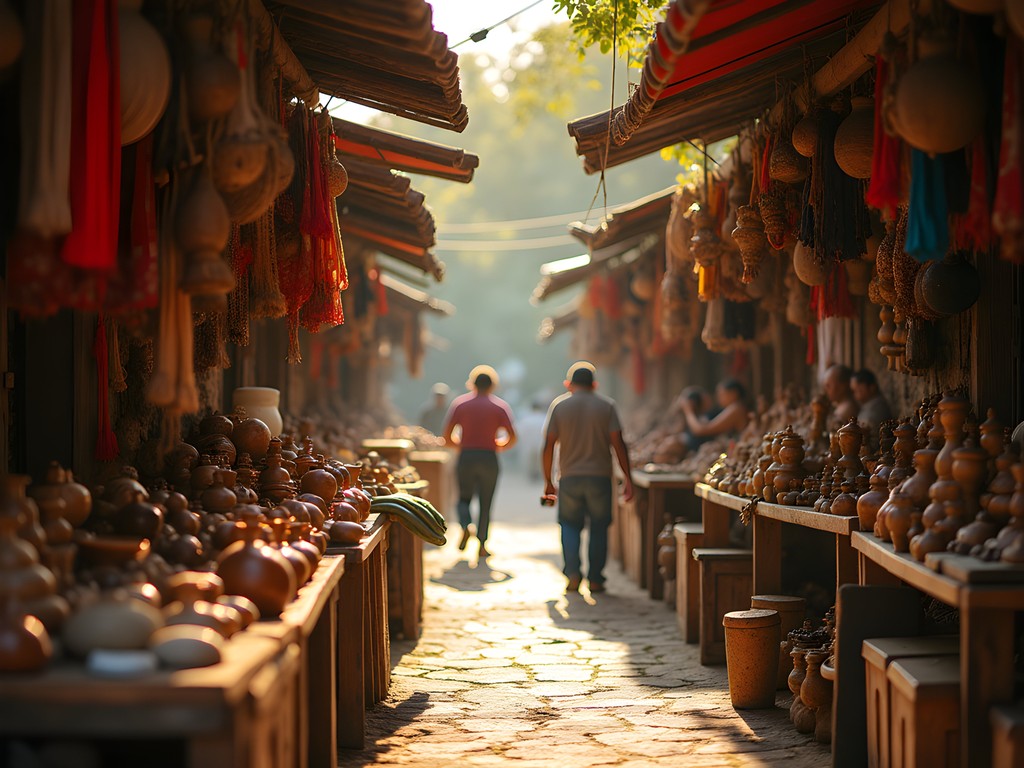
💡 Pro Tips
- Visit early morning (6-9am) when locals shop and vendors are most willing to negotiate
- Bring small denominations of USD for purchases as credit cards aren't widely accepted
- Ask permission before photographing artisans or their work—most appreciate the interest when approached respectfully
The Hammock Artisans of El Tocuyo
A forty-minute drive from Barquisimeto lies El Tocuyo, a colonial town with a centuries-old tradition of hammock weaving that rivals any I've encountered across Latin America. These aren't the mass-produced hammocks found in tourist shops but heirloom-quality pieces that represent months of meticulous craftsmanship.
The workshop of the Mendoza family became the highlight of my excursion. For five generations, they've been creating what locals call chinchorros matrimoniales—wedding hammocks—intricate masterpieces that newlyweds traditionally receive as gifts to begin their lives together. Each hammock contains nearly two million hand-tied knots and incorporates symbols representing fertility, prosperity, and longevity.
Maria Mendoza, the family's matriarch, demonstrated their signature technique using cotton thread dyed with natural pigments sourced from local plants and minerals. The result is a hammock of extraordinary durability and comfort that will develop a beautiful patina over decades of use. I couldn't resist commissioning one for my Lyon apartment—a statement piece that will undoubtedly become a conversation starter during summer gatherings on my terrace.
For those planning to purchase one of these magnificent creations, I recommend bringing a foldable duffle bag in your luggage. These hammocks fold down surprisingly compact but will still require dedicated space in your return luggage. The investment (ranging from $300-1200 depending on size and complexity) represents extraordinary value for handmade items that would command several times that price in European or North American markets.

💡 Pro Tips
- Commission hammocks early in your trip as complex designs may take several days to complete
- Request a demonstration of proper hanging techniques—the traditional Venezuelan method differs from what many Westerners are accustomed to
- Consider shipping larger pieces directly to your home address—many artisans have established reliable international shipping arrangements
Contemporary Design in Caracas' Altamira District
The transition from Barquisimeto's traditional markets to Caracas' design-forward Altamira neighborhood offers a fascinating study in contrasts. Here, Venezuela's new generation of designers is reimagining the country's rich artisanal heritage through a contemporary lens, creating pieces that would be equally at home in galleries from Copenhagen to Tokyo.
Taller Cano, a minimalist showroom tucked away on a tree-lined street, showcases furniture and home accessories that blend indigenous materials with modernist sensibilities. Designer Carlos Cano's signature coffee tables—crafted from reclaimed tropical hardwoods and accented with inlays of local stone—exemplify this fusion. Each piece comes with provenance documentation detailing the source materials and the artisans involved in its creation.
Nearby, Atelier Miranda specializes in luxury leather goods that elevate traditional Venezuelan leatherworking techniques. Their handstitched portfolios and travel accessories utilize vegetable-tanned leather from the country's central plains, processed using methods that minimize environmental impact while maximizing durability. I purchased a document holder that has already garnered compliments from colleagues in Lyon, none of whom would have guessed its Venezuelan origin.
What distinguishes these Caracas boutiques is their commitment to ethical production and transparent supply chains—values increasingly important to discerning luxury consumers. Each designer I spoke with emphasized their close relationships with regional artisans and their dedication to preserving traditional techniques while creating objects relevant to contemporary lifestyles.
For serious collectors, I recommend scheduling appointments rather than simply dropping in. Many of these ateliers operate by appointment only, and arranging a visit allows for more meaningful interactions with the designers themselves. My leather travel journal proved invaluable for noting contact information and design details that I wanted to reference later.
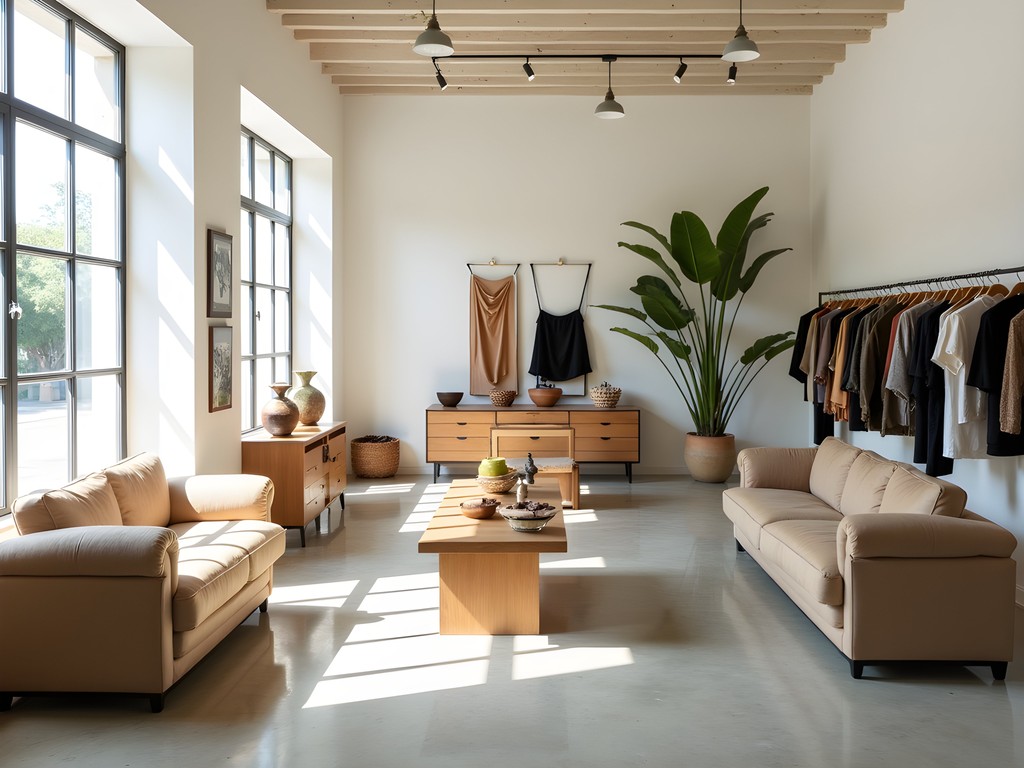
💡 Pro Tips
- Email boutiques at least a week in advance to schedule appointments with designers
- Most high-end shops in Caracas can arrange international shipping with appropriate insurance
- Ask about commission options—many designers will create custom pieces with a 3-6 month lead time
The Jewelry Artisans of El Hatillo
On the eastern outskirts of Caracas lies El Hatillo, a colonial-era town that has become the epicenter of Venezuela's fine jewelry scene. Unlike the mass-produced pieces that dominate much of the global market, El Hatillo's jewelers create one-of-a-kind works that showcase the country's remarkable gemstone heritage.
Venezuela produces some of the world's most distinctive gemstones, including rare varieties of amber containing prehistoric insect specimens and diamonds with unique color characteristics from the country's southeastern region. What makes El Hatillo exceptional is the direct relationship between miners, lapidaries, and jewelers—a shortened supply chain that ensures both ethical sourcing and extraordinary value.
At Taller Amarillo, master goldsmith Rafael Hernandez creates contemporary pieces that incorporate pre-Columbian motifs with a distinctly modern aesthetic. His signature collection features Venezuelan amber set in recycled 18k gold, each piece telling a story of the region's natural and cultural history. The workshop's transparent practices—they can trace each gemstone to its source and document the entire creation process—reflect a growing emphasis on ethical production in luxury goods.
For those interested in investment pieces, I recommend focusing on designs that showcase distinctly Venezuelan materials and techniques rather than following international trends. These pieces not only retain their value but serve as tangible connections to the country's artistic heritage.
During my visit, I invested in a pair of cufflinks featuring amber cabochons with fossilized botanical inclusions, set in a modernist gold design. They've since become my signature accessory for client presentations, invariably sparking conversations about their provenance.
I documented my finds meticulously using my portable photo studio, which allowed me to capture professional-quality images of potential purchases for later consideration. This practice has saved me from impulse buys I might later regret and helps when consulting with my insurance provider about additions to my collection.

💡 Pro Tips
- Request certificates of authenticity and provenance for fine jewelry purchases
- Consider the practical aspects of traveling with valuable items—I recommend wearing significant pieces rather than packing them
- Many jewelers offer international shipping with insurance, which can be preferable to navigating customs declarations yourself
Navigating Logistics and Safety Considerations
The elephant in the room when discussing travel to Venezuela is, of course, safety and logistics. While I won't minimize the challenges, I've found that with proper preparation and local connections, the rewards far outweigh the complexities.
First, currency management requires planning. Venezuela's economic situation means that US dollars are widely accepted (and often preferred) for significant purchases. I recommend bringing crisp, newer bills in various denominations and keeping them secured in a hidden money belt when navigating markets or moving between locations.
Second, transportation deserves careful consideration. Rather than attempting to navigate public transportation or rental cars, I arranged private drivers through my hotel concierge in both cities. This added expense (approximately $80-100 USD per day) provided not just convenience but valuable local insight and an additional layer of security.
Accommodations should be selected with both comfort and safety in mind. In Caracas, the JW Marriott in the Chacao district offers both international standards and excellent security protocols. In Barquisimeto, I chose Hotel Trinitarias for its central location and reputation among business travelers.
Perhaps most importantly, working with local contacts makes all the difference. Through professional connections, I arranged introductions to gallery owners and artisans prior to arrival. These connections not only enhanced my shopping experience but provided valuable guidance on navigating local customs and security considerations.
While standard travel insurance rarely covers Venezuela comprehensively, I secured specialized coverage through a provider that specializes in complex destinations. The additional premium was negligible compared to the peace of mind it provided, particularly when purchasing significant artworks and jewelry.
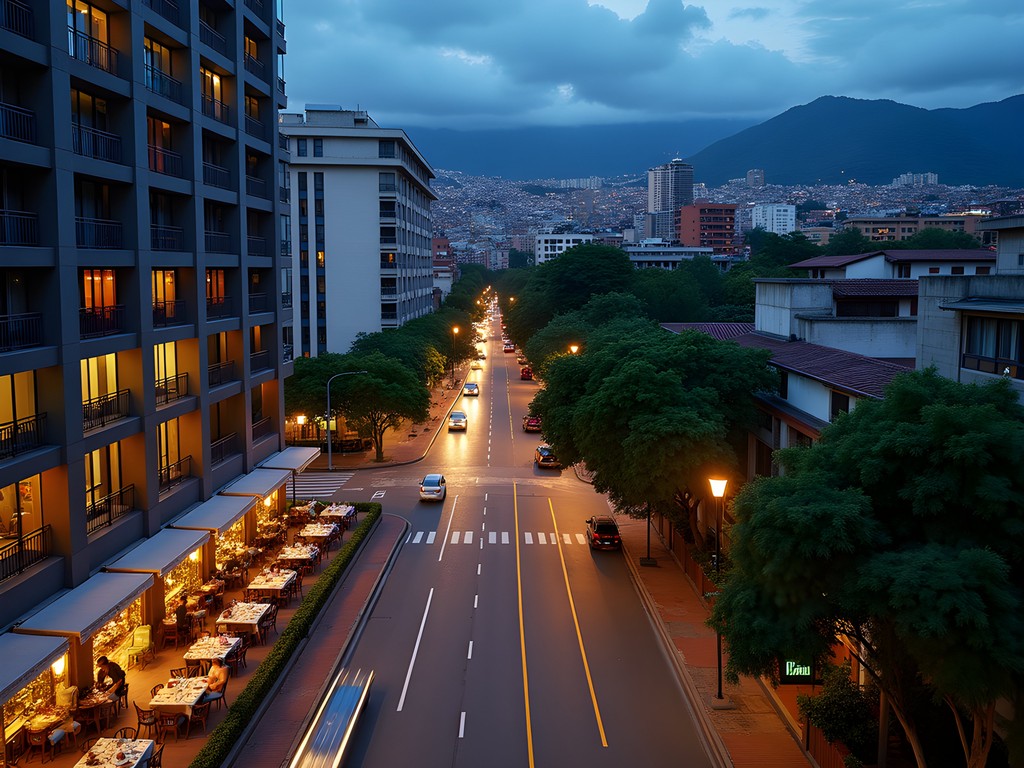
💡 Pro Tips
- Arrange a trusted driver through your hotel rather than using ride-sharing apps or taxis
- Inform your bank and credit card companies about your travel plans, but don't rely exclusively on cards for payment
- Consider hiring a local guide/translator for market visits to facilitate better interactions with artisans
Final Thoughts
Venezuela represents that increasingly rare find in luxury travel—a destination where authentic craftsmanship remains accessible, where direct relationships with creators are still possible, and where your purchases support a resilient artistic tradition during challenging times. The pieces I've brought home from Barquisimeto's markets and Caracas' ateliers tell stories that mass-produced luxury goods simply cannot match. They carry the weight of history, the ingenuity of necessity, and the distinct creative perspective that makes Venezuelan artisanship unique. For the discerning collector willing to venture beyond conventional luxury destinations, Venezuela offers not just exceptional value but the opportunity to discover works of remarkable originality before they inevitably find wider recognition in global markets. The journey requires careful planning and local connections, but the rewards—both tangible and experiential—prove well worth the effort.
✨ Key Takeaways
- Venezuelan craftsmanship offers exceptional value and unique aesthetic perspectives not found in mainstream luxury markets
- Direct relationships with artisans allow for custom commissions and deeper understanding of techniques and materials
- Proper preparation and local connections can mitigate logistical challenges while maximizing authentic experiences
📋 Practical Information
Best Time to Visit
December through April (dry season)
Budget Estimate
$3,000-5,000 for one week excluding major art purchases
Recommended Duration
7-10 days minimum
Difficulty Level
Challenging
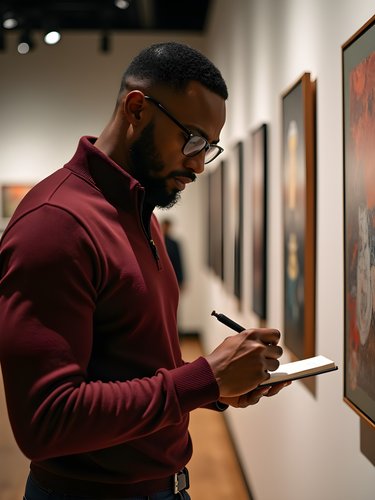
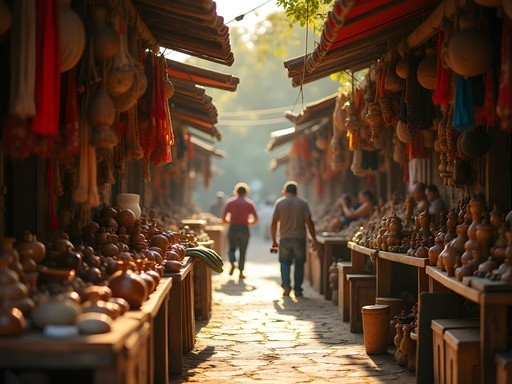

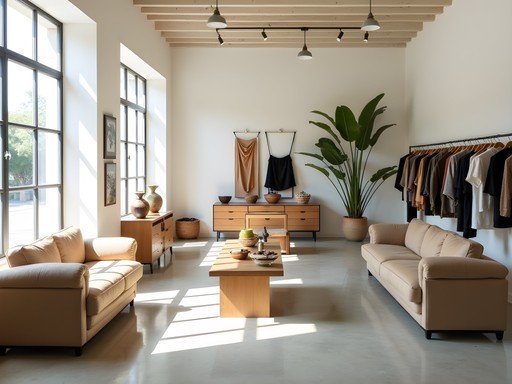
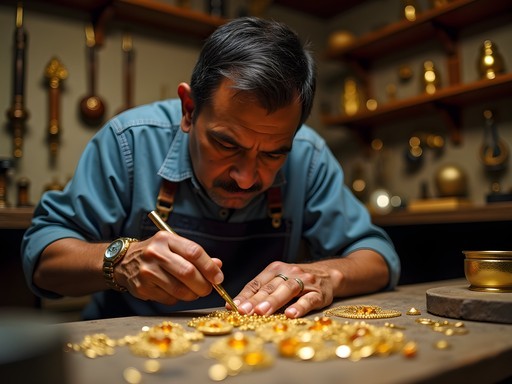
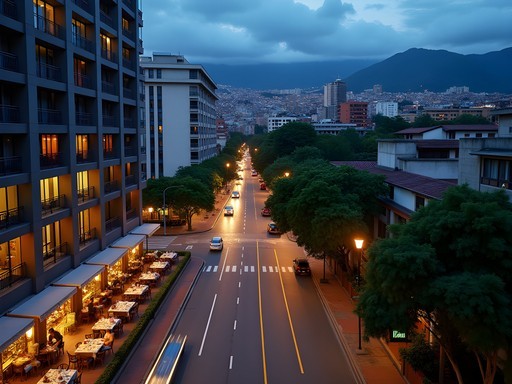





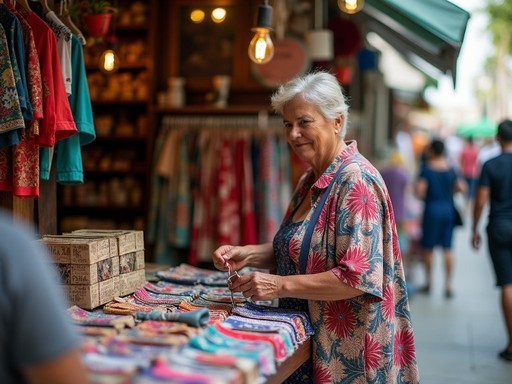
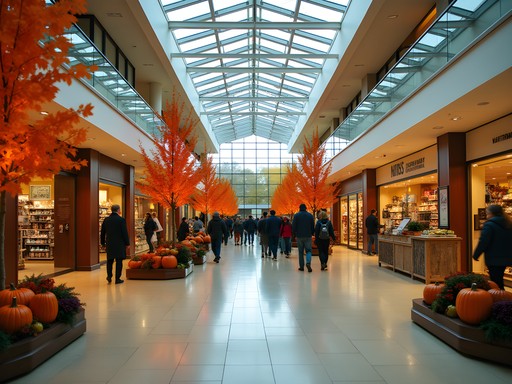

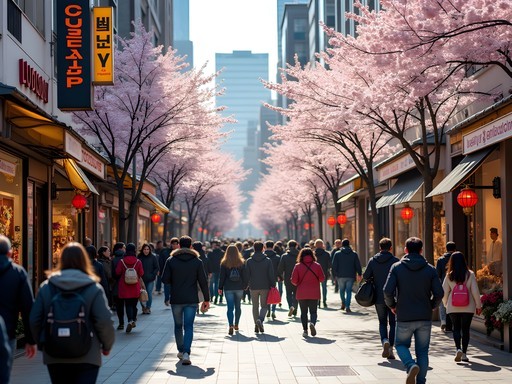
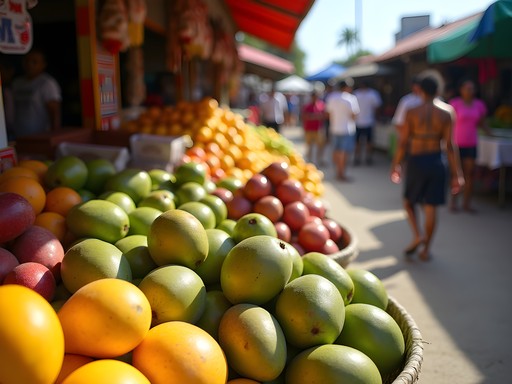
Comments
Hayden Butler
Mason, you've captured the essence of Venezuela's artisan scene beautifully. I spent a month exploring the country last year and was equally enchanted by the craftsmanship. The jewelry artisans of El Hatillo deserve every bit of praise - I still wear the silver and turquoise pendant I purchased there almost daily. One tip for anyone heading to Barquisimeto: make sure to visit on a Thursday when the smaller, local artisans tend to set up shop. The selection is more curated and prices are often better. I found it helpful to carry my travel wallet since many vendors prefer cash, and having small bills organized made transactions smoother. Also, don't miss the small coffee shops near Mercado Nueva Segovia - Venezuelan coffee is criminally underrated!
beachrider
That Thursday tip is gold! Wish I'd known that when I went.
Hayden Butler
It was something a local hotel clerk tipped me off to! And yes, the coffee is incredible - I brought back 2kg and rationed it like precious gold!
coffeechamp
How was safety in Caracas? Planning a trip there soon.
Mason Richardson
Like any major city, it requires common sense precautions. I stuck to the Altamira and El Hatillo areas mentioned in the post during daylight hours and used trusted drivers. The boutique areas felt quite secure, especially with locals around.
coffeechamp
Thanks! Did you use any specific transportation app?
Mason Richardson
I arranged drivers through my hotel. Most upscale hotels have reliable services they work with regularly.
beachrider
This post brought back so many memories! I visited Barquisimeto two years ago and the Mercado Nueva Segovia was AMAZING. Those hammocks from El Tocuyo are no joke - bought one and somehow squeezed it into my luggage. Still have it hanging in my backyard! The colors are still vibrant even after all this time. Did you try any of the local food while shopping? Those little arepas stands around the market were my daily lunch spot.
Mason Richardson
So glad it brought back good memories! And yes, I practically lived on arepas and fresh fruit juices while exploring the markets. That hammock was definitely worth the luggage tetris, wasn't it?
beachrider
Totally worth it! My friends are always fighting over who gets to use it when they visit. 😂
journeynomad
Great post! If anyone's planning to visit, the Sunday market in El Hatillo is when most artisans bring their best work. Also worth checking out the pottery in Tinaquillo if you can make a side trip - not as well known but incredible quality.
Hannah Woods
Completely agree about Tinaquillo! Those clay vessels with the red and black geometric designs are distinctive and make perfect gifts.
summerwanderer
Those hammocks are INCREDIBLE!! I bought one in El Tocuyo three years ago and it's still my favorite possession. The craftsmanship is unreal. Great to see Venezuela getting some positive attention!
Raymond Hassan
This post captures exactly what I love about travel writing - highlighting the human stories behind craftsmanship. I visited these same regions in Venezuela last year and was particularly impressed by the resilience of artisans maintaining traditional techniques despite economic challenges. One recommendation for anyone planning to visit: I found having a Spanish phrasebook essential when conversing with rural artisans who often don't speak English. The direct purchasing experience is so much richer when you can ask about techniques and materials. The contemporary design scene in Altamira was fascinating too - I noticed many designers incorporating traditional elements into modern pieces, creating this beautiful bridge between past and present Venezuelan identity.
explorediver
Planning a trip for next year. How did you handle currency exchange there? And did you find any good jewelry shops in El Hatillo worth visiting?
Mason Richardson
For currency, I exchanged small amounts as needed rather than all at once. In El Hatillo, don't miss Taller Miranda - family-run for 30+ years with gorgeous silver filigree work. Also, Artesanía Guayana has amazing pieces using local semi-precious stones.
roamclimber
Just got back from Venezuela last month and the Mercado Nueva Segovia was a highlight! Bought a beautiful hand-painted wooden mask that the artist said represents a traditional carnival character. The prices were surprisingly reasonable compared to similar crafts in more touristy South American countries. Did you try the coffee at that little stand near the entrance? The owner roasts the beans himself - amazing stuff!
summerwanderer
OMG YES to that coffee stand!! I bought three bags to bring home and they're almost gone already. So good!
Hannah Woods
Brilliant post that highlights Venezuela's overlooked artistic heritage. I spent two weeks in Barquisimeto last year and was equally impressed by the craftsmanship. The hammock techniques in El Tocuyo are fascinating - I watched an older artisan who claimed his family had been making them the same way for six generations. One tip for visitors: bring small USD bills for purchases as many artisans prefer them, and bargaining is expected but should be respectful. The contrast between traditional markets and the contemporary boutiques in Caracas provides such an interesting perspective on how Venezuelan design is evolving despite economic challenges.
summernomad
This looks incredible but how safe is it for tourists right now? I've always wanted to visit but been hesitant because of what we hear in the news.
Mason Richardson
Valid concern! I stuck to recommended areas and never felt unsafe. Having a local guide in Barquisimeto was key. The artisan districts are generally well-monitored, especially in Caracas' Altamira and El Hatillo.
journeynomad
I was there three months ago and had no issues. Just use common sense - don't flash valuables, use official taxis, and research neighborhoods before going. The craft markets felt very welcoming!
Venture X
Premium card with 2X miles, $300 travel credit, Priority Pass